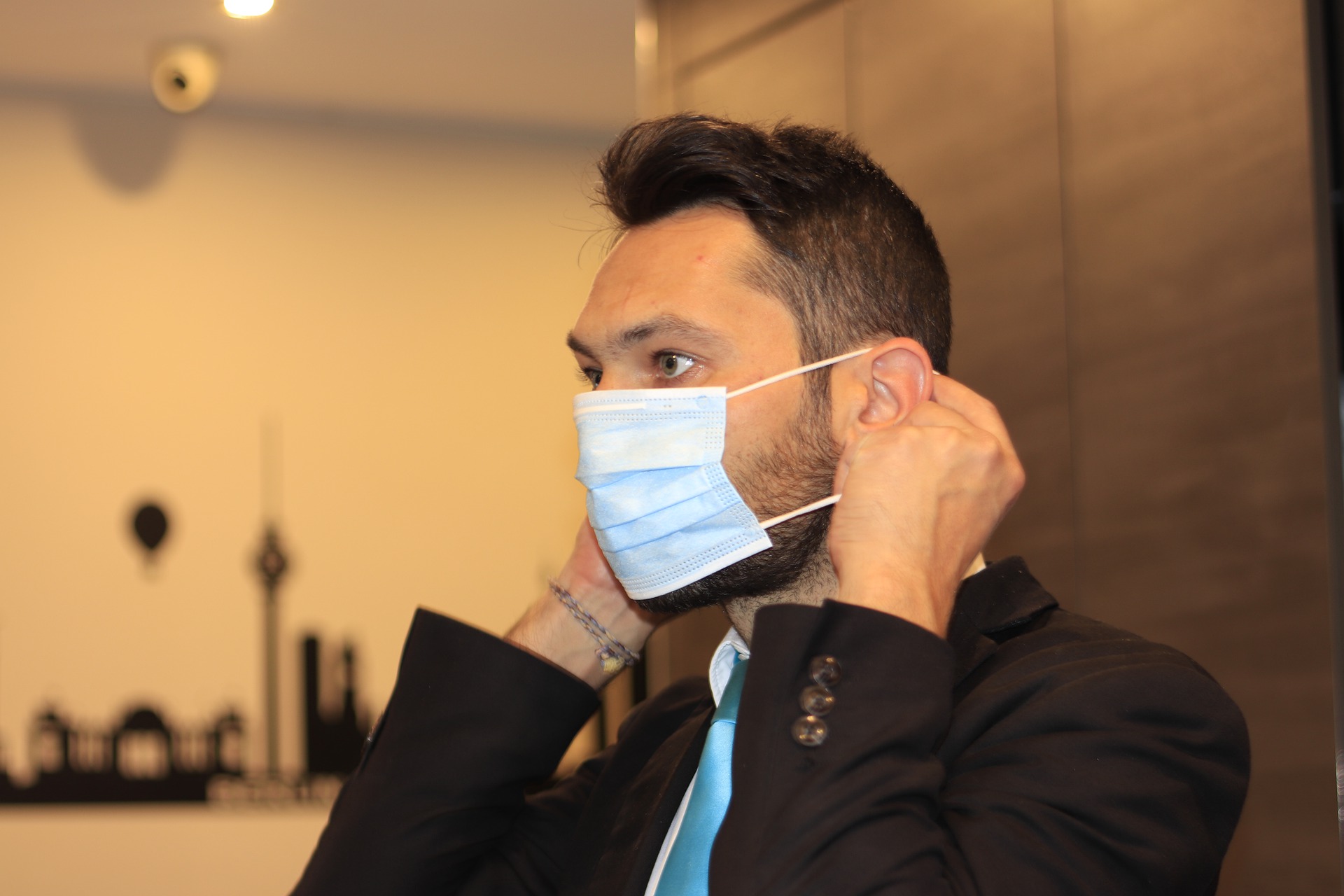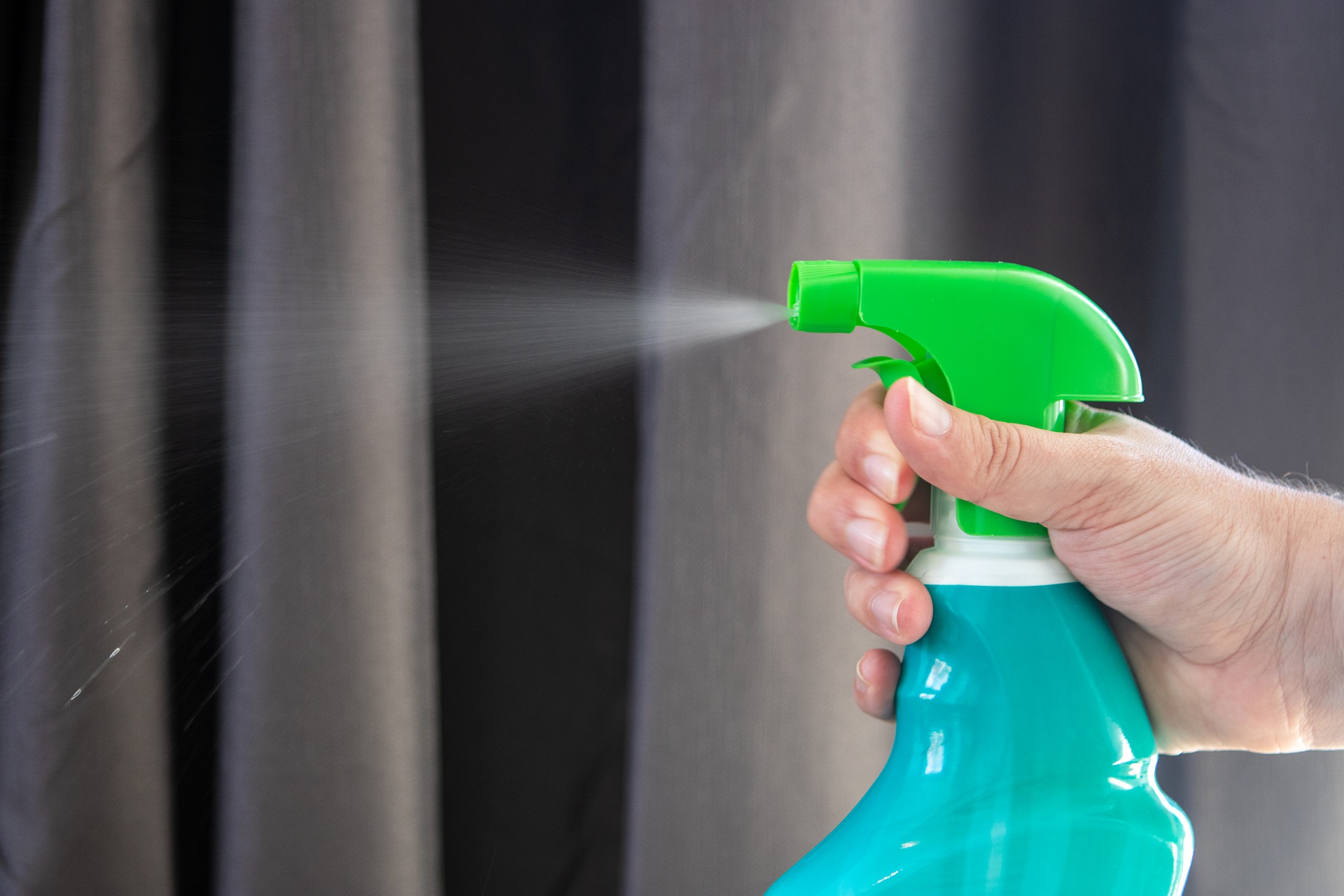After months of lockdown, business establishments are finally reverting to regular operations, allowing employees to return to the workplace. But while things are looking up, the threat of the coronavirus remains. Companies have to make a crucial decision – how do they keep their employees safe when they go back to the office?
Even though the government has eased almost all COVID-19 restrictions, companies must continue to follow regulations intended to mitigate the risk of spreading the virus. It means businesses must strengthen and streamline their health and safety systems and implement an updated version of their protocols.
At the center of all these changes is the Human Resource department. It is their task to plan, execute, monitor and assess the company’s COVID-19 preparedness. The primary goal is to create and maintain safe and healthy working conditions when employees return to work.
However, this is easier said than done. At first glance, workplace health and safety sounds uncomplicated, but it involves more than merely preventing injury or illness. And with the new COVID-19 guidelines, it becomes even more complex. Still, office health and safety is something that all organisations, regardless of size and nature, must take seriously. How? Let’s take a look at three return-to-office essentials that HR should implement.
Covid in Office Compliance
The coronavirus is a health hazard, and companies must handle it in the same way they do other workplace hazards. Their priority is to protect returning employees from the virus by implementing measures that prevent the disease from spreading. But how do companies create these protocols? To update the health and safety regulations, they should first complete a suitable and sufficient risk assessment.
When conducting a risk assessment, employers should first identify activities that might cause the coronavirus to spread. Then, they should consider who could be at risk, such as employees, visitors, and contractors. From the information gathered, they create controls to reduce the risk, if not wholly eliminate it.
The offices should be well-ventilated to ensure there is enough supply of fresh air in enclosed places. Adequate ventilation is essential because it minimises the amount of virus in the air, thus reducing the likelihood of transmission. Ventilation can be natural (windows, doors, and vents), mechanical (ducts and fans), or a mix of both. Be sure to identify any poorly ventilated areas in the workplace and enforce measures to correct this.
It is crucial to clean the office more often, particularly those surfaces employees or visitors touch a lot. Any site that was not open during the lockdown should be disinfected. There should also be hand sanitisers or washing areas for cleansing the hands frequently.
Whenever possible, businesses should reduce workers’ contact with each other by implementing staggering shifts or ‘fixed teams’ where each employee works only with a few people. Face coverings are no longer legally required, but the staff is encouraged to wear them, particularly in spaces where they interact with people they typically don’t meet. Businesses have the right and obligation to turn away individuals who show symptoms of COVID-19. Lastly, employers should communicate the updated health and safety measures to their employees.
Working from Home Safety
Even before COVID-19 broke out, some companies have been experimenting with a remote work scheme. The pandemic accelerated the transition process and highlighted the benefits of a work-from-home setup. Experts predict that this new labour structure would not go away after COVID-19 and would only gain footing. A survey shows that out of 1,684 workers polled, 70% prefer to work from home either fully or partially.
Despite its numerous advantages, working from home has its share of hazards. While some workers are enthusiastic about cutting down on home-to-office expenses and having more time for their families, others struggle to adapt to the changes. There is usually limited social interaction with colleagues and in-person mentoring, difficulty with internet connectivity and a lack of proper facilities. HR should ensure that remote workers get the support and motivation they need and work in a suitable and safe environment. Regardless of whether they’re based in London or Manchester, hiring a new HR staff should consider applicants that know and understand the most recent health and safety business compliance.
The most common health complaints of home workers are backaches, joint pains and neck strains. These musculoskeletal conditions are the result of poor posture, lack of movement or unsuitable equipment. Others also suffer from headaches and migraines due to the constant glare of computer screens. In addition, there is always the risk of electrocution or fire in makeshift offices, especially for jobs that use a lot of electronics.
To address these safety risks, employers must ensure their employees’ home offices have the proper infrastructure and equipment, such as a comfortable rolling chair with a backrest and ample padding, a headset to prevent neck strain, and an anti-glare filter for computers. The workstation must also be quiet, free from distractions, and well-lighted. Companies that provide equipment to the workers are responsible for its repair and maintenance. Additionally, employers should encourage workers to exercise, stretch out, and take regular breaks.
Other downsides of remote work are isolation and loneliness, which could affect one’s mental health. Studies show that working from home can lead to stress, anxiety and depression. HR should make sure that remote workers continue to engage socially with their colleagues by keeping an open line of communication. It should also provide channels for professional help, such as coaching and counselling, whenever needed.
In Office First Aid and Fire Safety
With the new COVID-19 regulations, it is easy to overlook other crucial aspects of in-office safety, such as first aid and fire prevention. It is the task of HR to remind businesses about the importance of first aid and fire safety. HR is primarily responsible for providing and facilitating these online health and safety training courses.
Offices that were closed for a long time during the lockdown need a complete risk assessment. There may be loose wires, defective switches and malfunctioning electrical equipment that could cause fire to break out. Employers should ensure that all facilities, gadgets, tools and machinery in the workplace are in good condition. There should be a thorough equipment test and inspection before re-opening the site to the returning workers. Furthermore, companies that enforce staggered workforce may require additional fire wardens.
The staff must undergo fire safety orientation, especially when they are entering a new office. It helps employees familiarise themselves with the premises in case of evacuation and refresh their knowledge on fire safety. First aid training is also valuable because it enables workers to make the right decisions during emergencies.
















